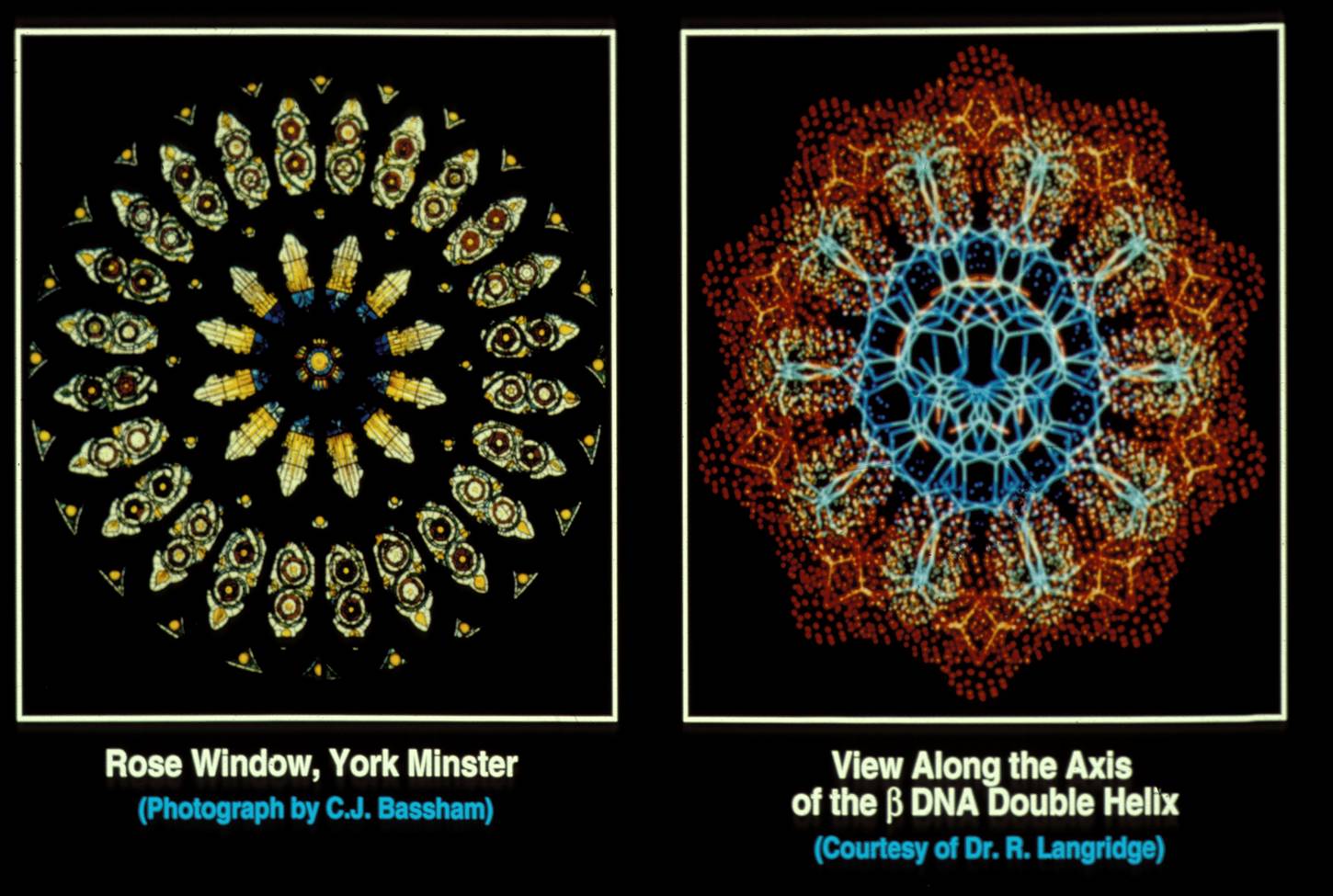Theistic Science
The idea of theistic science, as proposed by Christian philosopher J. P. Moreland, is to expose scientific inquiry to the world of Christian revelation. As such, it does not actually posit a particular creation hypothesis, but instead draws out guidelines for Christians who wish to integrate theology with scientific research. Thus theistic science, as an umbrella framework, encompasses many kinds of theistic creation hypotheses, including young earth creation. J. P. Moreland describes theistic science as “rooted in the idea that Christians ought to consult all they know or have reason to believe in forming and testing hypotheses, in explaining things in science, and in evaluating the plausibility of various scientific hypotheses, and among the things they should consult are propositions of theology.”[1]
Moreland continues to explain that theistic science is a research program that relies on the truth of two propositions. The first proposition is that “God, conceived as a personal, transcendent agent of great power and intelligence, has through direct, primary agent causation and indirect, secondary causation created and designed the world for a purpose and has directly intervened in the course of its development at various times (including prehistory, history prior to the arrival of human beings).” [2] The second proposition is that the “commitment expressed in proposition 1 can appropriately enter into the very fabric of the practice of science and the utilization of scientific methodology.”[3] Moreland’s concept of theistic science leaves the mechanisms and details of God’s intervention undefined and open to debate, and so any number of creation hypotheses that invoke God as the purposeful creator of the world fit well within theistic science. Just as C. S. Lewis attempted to define mere Christianity, Moreland attempts to define mere creation. What theistic science rejects is any philosophy of science that disallows the activity of a purposeful creator. It also rejects any theology that denies the empirical detectability of God’s active intervention. Some Christians hold that God indeed created the universe and the life within it, but they deny that these creation events can in any way be detected from empirical evidence; in their view, God only operates through secondary causes, or natural law. Moreland allows for secondary causation, but he insists that one be open to primary agent causation as well.
Stay tuned for another post explaining how intelligent design relates to theistic science and young earth creation.
[1] Moreland, J. P, “Theistic Science and Methodological Naturalism,” in The Creation Hypothesis, ed. J. P. Moreland (Downers Grove, IL: InterVarsity Press, 1994), 41.
[2] Ibid., 41-42.
[3] Ibid., 42.
